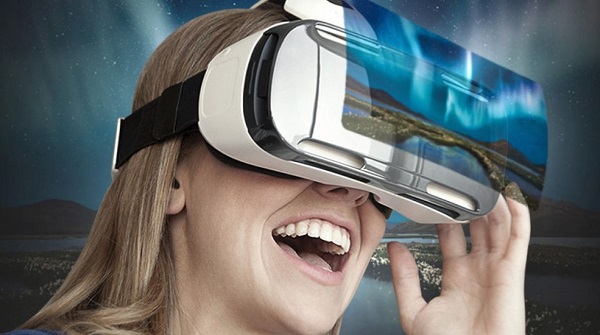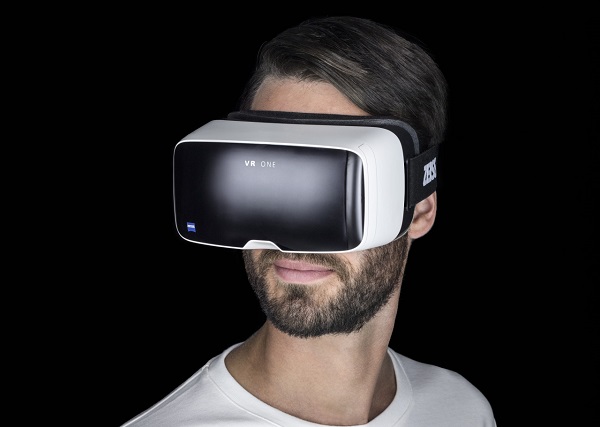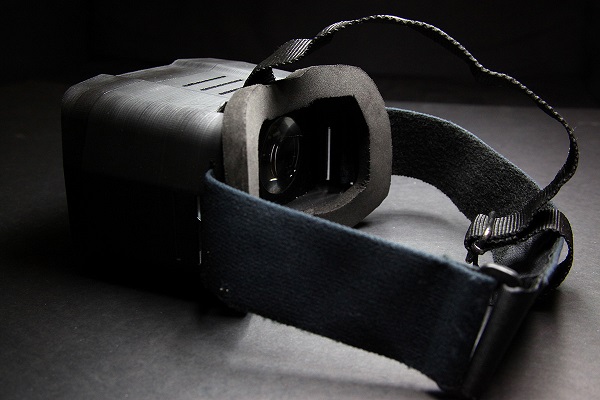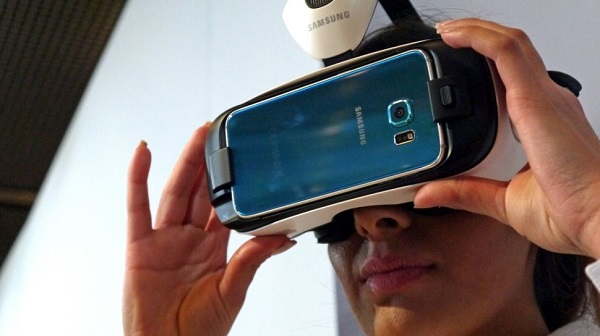By no means is virtual reality “the next big thing”. Sure, companies like Facebook are banking on it succeeding in this light (considering the $2bn they poured into Oculus recently), but the general consumer has been slow to pick up on the idea of strapping a piece of technology to their heads for the purpose of taking part in immersive content.

So, as of today, we can still consider virtual technology to be in the “early adopter” stage; that is, it is most interesting to the men and women out there who are curious about a new technology, and want to experience it themselves before there’s the mass buy-in.
If you fall in to this group when it comes to virtual reality, but don’t want to lay down $500+ on a headset that might end up sitting in your closet one year from now, then consider these alternatives already on the marketplace, and all for less than $200.
But buyer beware — these headsets have come out before such highly anticipated devices as the Oculus Rift, which has been worked on for years for the sole purpose of creating a technology that delivers virtual reality in the best possible experience. As such, they do come with their limitations, but nothing so much that one should not consider enjoying it in the meantime before the bigger, more impressive devices begin hitting store shelves
#1: Zeiss VR One — $129

The most affordable option of the three comes from precision lens crafters Zeiss. It’s lighter than most, and uses a tray system to fit different phones into the headset for the purpose of serving as the system’s visual display source. Standard trays serve the iPhone 6, Galaxy S5, and Galaxy S6, but one can be 3D printed for other models, so long as the screen size falls between 4.7 and 5.2 inches.
Picture resolution depends on the phone used, but field-of-view is estimated to extend about 100 degrees. Reviews of the headset state the lenses deliver a quality display, and that there are numerous ventilation openings to prevent them from fogging.
Worth noting is the fact that the Zeiss lacks control options: outside of two touch-sensitive side surfaces, the headset lacks control buttons, which can be confusing to anyone new to virtual reality technology.
In terms of content, the Zeiss VR can play any app that’s been developed for Unity3D SDK, which is an open source platform already home to tons of content. Zeiss also has a couple of proprietary apps, including the VR One Media Center app, which users can use to launch other downloaded VR apps without having to remove the headset.
The Good:
• You don’t need a PC to run the Zeiss—it works with any smartphone with screens that measure between 4.7 and 5.2 inches.
The Bad:
• Not as many built-in controls.
Order the Zeiss VR One here.
#2: Visus VR — $149

Visus VR headset delivers 1280×720 HD video to the user with a 110-degree field of view at a latency of about 70ms which, by all accounts, is pretty impressive for wireless data transmission.
Additionally, Visus’ VR includes a 3.5mm headphone jack to connect headphones, anti-fog air channels to prevent lens fogging, and a 2000mAh built-in battery pack to keep the user’s phone charged up to an extra four hours while it’s being used as a wireless display for the headset.
The headset is not limited to specially-made VR content only — for $29, Tridef3D software can be used to convert a game’s player camera to stereoscopic 3D, thereby creating an immersive 3D experience from a 2D title.
The Good:
• No need for a PC with the Visus either—works with any smartphone with screens measuring between 4.7 and 6 inches.
• Tridef3D software can render any 2D game in stereoscopic 3D display.
The Bad:
• Requires both a smartphone and a Nvidia GTX or GTXm 600+ graphics card.
• Aforementioned Tridef3D software costs $29.
#3: Samsung Gear VR — $199

The most expensive of this “affordable” list of VR headsets comes from perhaps the most reputable brand. Samsung developed its Gear VR headset in collaboration with Oculus, the company whose name is perhaps most associated with VR technology. The difference between what they did with the Gear, as opposed to Oculus’ highly-anticipated Rift, is Samsung’s headset will work only with the company’s devices: namely, the Note 4, Galaxy S6, and Galaxy S6 Edge devices.
All of these phones come with 2560×1440 Super AMOLED screens and high-powered processors, so the display is top notch. Worth noting, though, is that while the display is amazing, the field of view is a bit limited: just 96 degrees. It doesn’t detract from the immersive experience, but it is something worth pointing out, especially in comparison to the other two models on this list.
Navigating through the Gear VR’s menu is pretty easy with the headset’s on-board controls, which include a built-in touchpad on the side of the headset that works via head tracking. There’s also a back button and volume dial.
As far as content, if you wish to play games, many of the apps that are compatible with the headset will require Samsung’s Game Pad, which comes with it an $80 price tag. If you want to forego the extra payment, there is the Oculus app, which is free to download and includes plenty of gamepad-free content to choose from.
The Good:
• High-end GPU eliminates need for PC.
• Great visual display—2560×1440 resolution with near 100-degree field-of-view.
• On-board controls make navigating menu a breeze.
The Bad:
• A bit ungainly to handle.
• Add-on game pad is costly.
• Only works with Samsung Note 4, Galaxy S6, and Galaxy S6 Edge devices.
Advertisement
Learn more about Electronic Products Magazine





